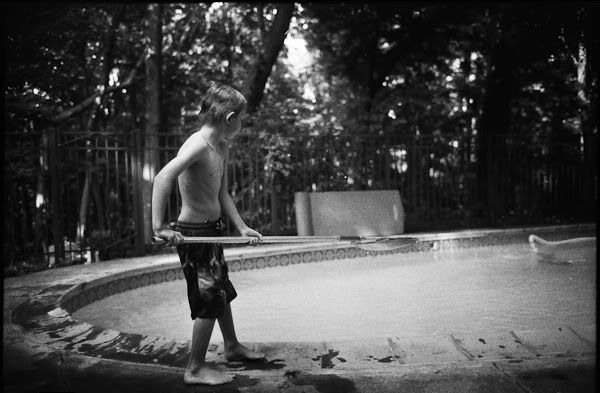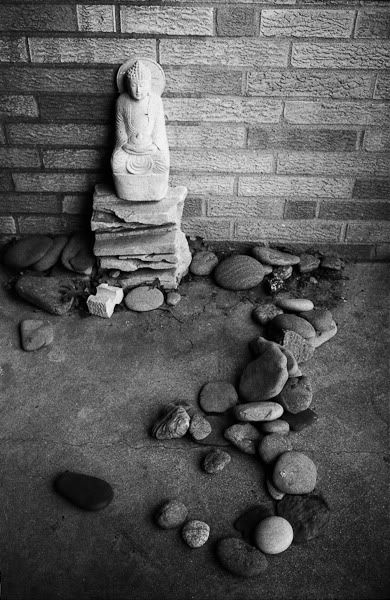Chinasaur
Well-known
Question to those with more experience:
Started out with 3.5ml of R-09 per/roll. I'm now down to 3.2ml and I "seem" to be getting better tonality / contrast / tones... or it might just be my imagination.
"IS" there a correlation between using LESS developer and getting better tones or contrast?
[size=-3]"I have only come here seeking knowledge...Things they would not teach me of in college"[/size]
Started out with 3.5ml of R-09 per/roll. I'm now down to 3.2ml and I "seem" to be getting better tonality / contrast / tones... or it might just be my imagination.
"IS" there a correlation between using LESS developer and getting better tones or contrast?
[size=-3]"I have only come here seeking knowledge...Things they would not teach me of in college"[/size]
Last edited:











